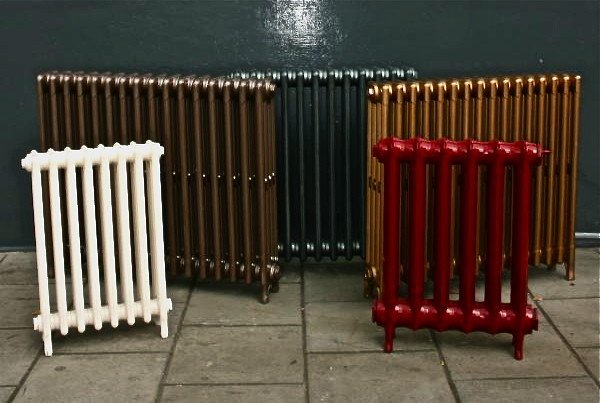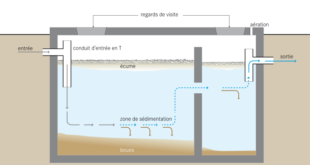If you’re a fan of traditional and vintage home style, then you may well be considering furnishing your home or business with classic original features such as cast iron radiators. Whilst these stalwart heating systems look great and can be very efficient, they can also come with certain risks that you should be aware of. After all they are old, restored pieces that have already had a good innings.
This is why before you invest your hard earned cash in these fine specimens, it’s worth knowing what the risks are, to ensure you’re making an informed decision on your heating.

Shop Around
There are numerous places where you can get your hands on some cool vintage cast iron radiators, such as scrap metal and reclamation yards, antique dealers and specialist heating suppliers. However, what you can’t guarantee with these radiators is their condition, previous handling and restoration quality. This is why its’s important to shop around and not just plump for the first set of radiators you see. They may look in mint condition with a lick of new paint or come at a bargain price, but that doesn’t necessarily mean they’ll function properly. There are numerous instances where restorations haven’t been done properly and they simply cover up fundamental damage rather than fixing it.
Hidden leaks and seal issues
A huge risk with buying cast iron radiators is the high potential of tiny, hairline fractures in the metal frame that can cause leaks, or problems where the seals may have become damaged or worn. These can be caused from rough dismantling and handling, welding, powder coating, forceful paint removal, old parts and even bad installation.
On first sight you may not spot these tiny flaws, but once they’re installed they will soon become apparent and can cause some serious mess, as well as inconvenience and additional costs for repairs or even replacement. When buying cast iron radiators for installation in your home or business, check they have been fully pressure tested, which will highlight any leaks or problem areas and make it easier to locate the leaks as well.
They’re just plain old
You just can’t negate the fact that traditional cast iron radiators are old and therefore can be a little bit temperamental without the correct care and attention. Most cast iron radiators will have the original fittings, which aren’t compatible with modern plumbing fittings, so you’ll need to look at getting the specialist connectors to ensure they work efficiently and that installation doesn’t damage the radiator.
The great unknown
Leading on from this, cast iron radiators are fairly impenetrable to the untrained person. This means that when you buy one, it’s very difficult to know what lies beneath the hard exterior. There are various components inside the radiator that can be damaged, rusted or completely beyond repair that can render the radiator useless. These can be caused by mishandling, poor maintenance or just wear over time, but needs to be addressed straight away by a professional.
Poor installation
Installing cast iron radiators is a quite different to installing the more modern systems, so you need check your plumber’s credentials and experience. While most plumbers can install them, they may not have the right experience, tools or knowledge to deal with any problems. It’s also a good idea to check the aftercare service with whomever you buy your radiators from. Most reputable suppliers will offer a good level of aftercare, knowing that these old, but beautiful radiators can throw up unforeseen problems further down the line.
Article supplied by AEL Heating Limited
 World inside pictures Collect and share the best ideas that make our life easier
World inside pictures Collect and share the best ideas that make our life easier








